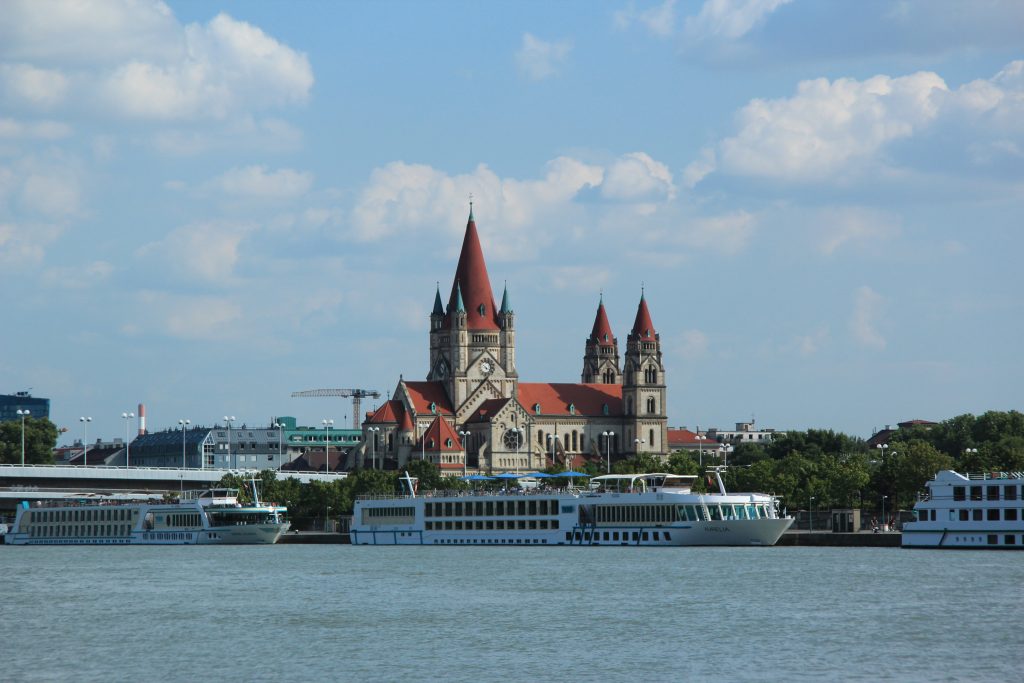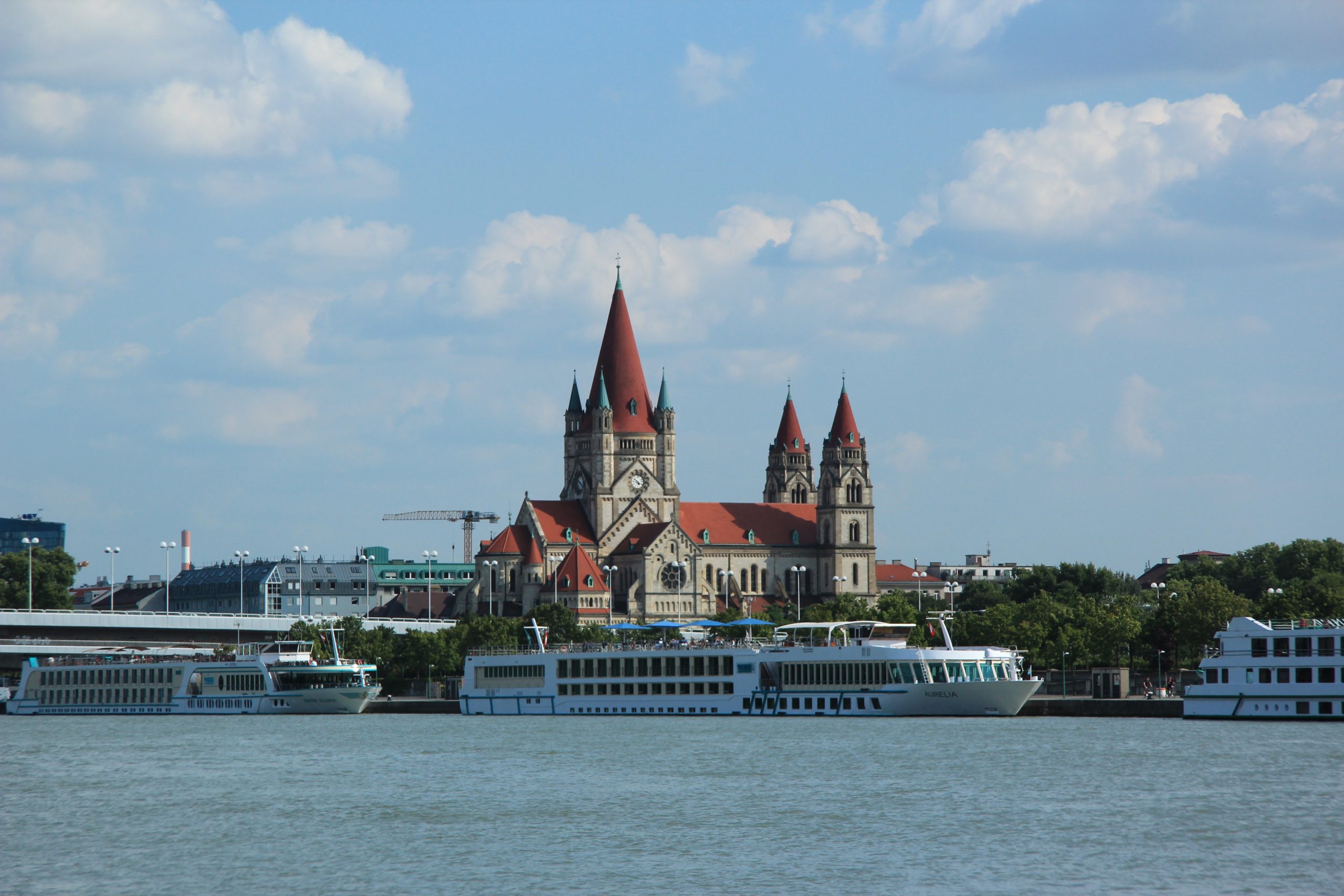Thinking about travelling to Vienna and you want to experience a little more than just the regular tourist tours? Vienna is a historical city, a world heritage site and a popular tourist destination. If you are planning a visit, knowing the historical events in Vienna will give you a better understanding of the culture and fabric of politics in Austria’s Capital. There is a lot to learn about this wonderful city. Here are some of the historical facts to give you a taste of life in this city.

The Danube River
Popularly known as Donau in Germany, it is the only river in the world that runs across four different capital cities, Vienna included. It is a major river in Europe starting in Germany, flowing from West to East. It cuts through Vienna in Austria, Bratislava in Slovakia, through Budapest in Hungary and finally Belgrade, Serbia. Out of those four cities, Vienna is the only one where the river runs along the outer edges of its inner city, instead of the city centre.
The Snow Globe
In 1900, the original snow globe was discovered in Vienna, by accident. Erwin Perzy I was first attempting to make his own light bulb, however he ended up creating the first snow globe by chance. He used the Basilica of Mariazell as the subject. The Perzy family has retained this unique tradition, and they recently made a snow globe for the Obama family.
The Zentralfriedhof
Known as the Central Cemetery of Vienna, is the second largest cemetery in Europe. It holds a dead population that is almost doubles that of the city’s living population. It has more than 2.5 million bodies buried while the population of Vienna in 2015 was estimated at 1.8 million. Started in 1874, some of the famous people buried in these tombs include Ludwig van Beethoven, Johann Strauss, Johannes Brahms, and Franz Schubert.
More and More Balls
More than 300 balls happen in Vienna every year. They mostly take place for three months, beginning in January, until the end of March. The Hofburg Imperial Palace, located at the city centre is the most popular venue for balls in Vienna. They are characterised by live orchestras playing waltzes, classical music and some pieces from the 20th century. This provides a taste of variety and dance for everyone in attendance.
Original Wine
Vienna is known as the only capital city in the world with its own production of wine. There are hundreds of vineyards located within the city centre, which makes for a spectacular viewing. Wine making has now become a tradition held dear by the city’s inhabitants, happening every spring.
Heurigens are extremely popular in the city. Each of them produces and sells their own wine, which mainly happens during spring. Since they only serve their own wine, they close for the season, once the wine is exhausted. Located mostly in the outer districts, close to the vineyards, they also serve local food, providing a very lovely atmosphere. Hike through the Vienna Woods and stop at a Heurigen for good wine and food to cap a lovely day. Vienna is a wonderful city. It is filled with culture and unique history that might not be found anywhere else on earth. From the wineries to the Stephansdom Cathedral, there is so much to on offer in this city.
Vienna is a wonderful city. It is filled with culture and unique history that might not be found anywhere else on earth. From the wineries to the Stephansdom Cathedral, there is so much to on offer in this city.
